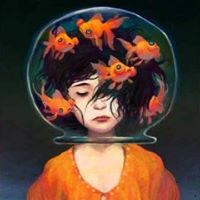-
Topics
-
Latest Update
-
0
-
0
Wtb ocellaris clownfish
Looking to buy 8. Pm me at 9six3five37two3 Sent from my SM-G781B using Tapatalk -
1
-
1
WTS : Various Fish - All must go. Decommissioning
Item 2 : The clowns have been sold. -
1
WTS : Various Fish - All must go. Decommissioning
Hi, Decommissioning my tank and clearing ALL livestock. If you are interested in any of the below, please WA me at 93840868. All fish are ick-free ... 1. Yellow Tang (Reserved) 2. Pair of Snowflake Clowns (about 5cm) $220 3. Blue Tang (about 10cm) $60 4. Sailfin Tang (about 12cm) $30 5. Sixline Wrasse (5cm) $20 6. Melanurus Wrasse (about 9 cm) $20 7. Stripey - Aptasia eliminator (10 cm) $100 8. Sea Hare (about 11 cm) - $25 9. Cabbage Coral (11cm in diameter) - $20 Package deal - Items 2 to 9 : $350 More photos available on request...
-








Recommended Posts
Join the conversation
You can post now and register later. If you have an account, sign in now to post with your account.